Blog
Jewellok is a professional pressure regulator and valve manufacturer and supplier.
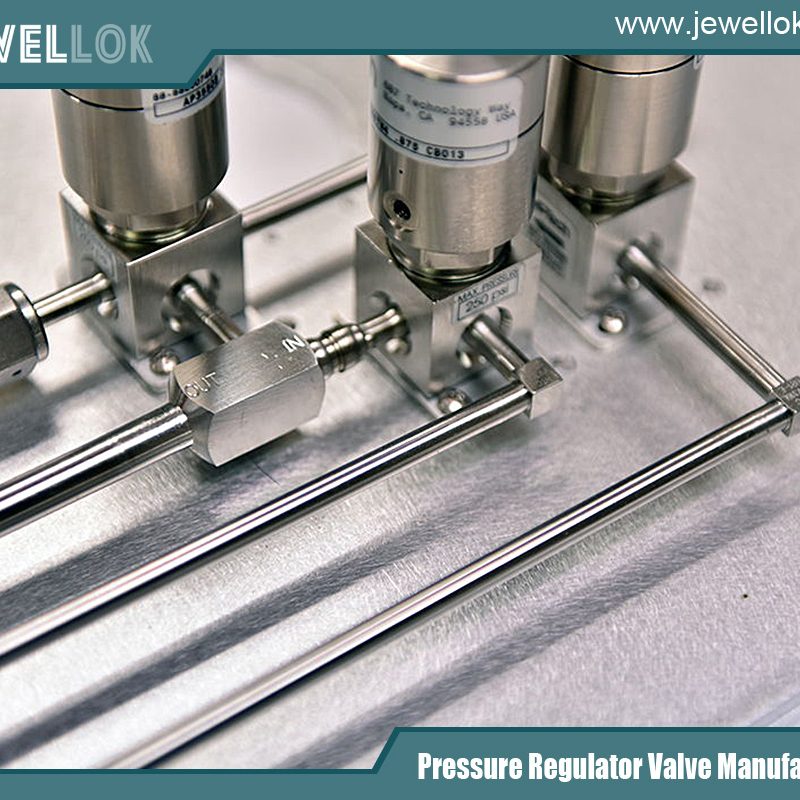
How to Choose a High-Pressure Nitrogen Gas Regulator Suitable for High-Purity Nitrogen Systems
- Pressure Regulator Valve Manufacturer
- 1/2 gas pressure regulator, 1/2 Gas Pressure Regulator manufacturer, 2 inch irrigation valve, 2 stage nitrogen regulator, 316l stainless steel pressure regulator, adjust gas valve pressure, adjustable air pressure regulator, Adjustable Helium Single Stage High Pressure Gas Regulator, adjustable high pressure propane regulator, adjustable high pressure regulator, adjustable hydraulic flow control valve, adjustable hydraulic pressure regulator, adjustable hydraulic pressure relief valve, adjustable inline air regulator, adjustable low pressure propane regulator, adjustable propane pressure regulator, gas pipeline valves, gas regulator, high flow nitrogen regulator, high flow rate nitrogen regulator, High Pressure 300bar Nitrogen Regulator, High Pressure Multi-Stage Nitrogen Regulator, high pressure nitrogen gas regulator, high pressure nitrogen regulator, high pressure nitrogen regulator manufacturer, high pressure regulator, high purity valves, High-Purity High Flow Nitrogen Regulator, how to adjust nitrogen regulator, irrigation timer valve, laboratory gas valves, nitrogen gas regulator, nitrogen regulator, pressure regulator, pressure regulator valve leaking, regulator valve alibaba international market, relief valve safety valve difference
- No Comments
How to Choose a High-Pressure Nitrogen Gas Regulator Suitable for High-Purity Nitrogen Systems
In the realm of industrial, laboratory, and scientific applications, nitrogen gas plays a pivotal role due to its inert properties, making it ideal for processes that require an oxygen-free environment. High-purity nitrogen systems are essential in sectors such as semiconductor manufacturing, pharmaceutical production, food packaging, and analytical chemistry, where even trace contaminants can compromise results or product quality. A high-pressure nitrogen gas regulator is the critical component that controls the flow and pressure of nitrogen from high-pressure cylinders or supply lines to the point of use, ensuring safe, consistent, and pure delivery.
Choosing the right regulator for these systems is not a straightforward task. It involves balancing factors like pressure ratings, material compatibility, purity levels, and operational requirements. A mismatch can lead to system inefficiencies, safety hazards, or contamination issues. For instance, high-pressure systems often deal with inlet pressures exceeding 3,000 psi, necessitating regulators that can handle such demands without failure. High-purity applications demand regulators that minimize outgassing, particle generation, and diffusion of impurities.
This article provides a comprehensive guide to selecting a high-pressure nitrogen gas regulator tailored for high-purity systems. We’ll explore the fundamental principles, key selection criteria, types of regulators, application-specific considerations, common pitfalls, and maintenance best practices. By the end, you’ll have the knowledge to make an informed decision, potentially saving costs and enhancing system performance. Whether you’re a lab technician, engineer, or procurement specialist, understanding these elements is crucial for optimizing your nitrogen delivery setup
.
Nitrogen regulators come in various designs, from basic single-stage models to advanced two-stage or ultra-high-purity variants. The selection process begins with assessing your system’s needs: What is the required outlet pressure? What purity level must be maintained? Are there corrosive elements or extreme temperatures involved? Regulatory standards from bodies like the Compressed Gas Association (CGA) and ISO also play a role in ensuring compliance. With the global market for gas regulators projected to grow due to increasing demand in high-tech industries, staying informed about the latest advancements is key.
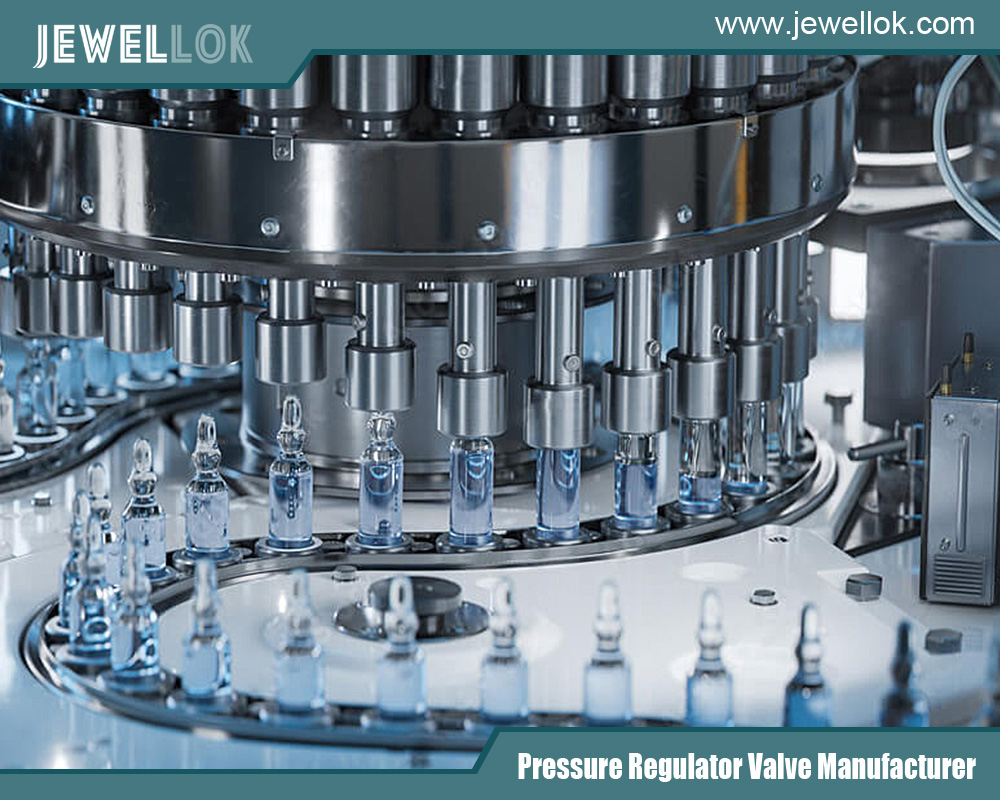
Understanding High-Pressure and High-Purity Nitrogen Systems
High-pressure nitrogen systems typically operate with cylinder pressures ranging from 2,000 to 6,000 psi, requiring regulators that can step down this pressure to usable levels, often below 500 psi for most applications. High-purity nitrogen, on the other hand, refers to gas with impurity levels as low as parts per billion (ppb), essential for sensitive processes like gas chromatography or laser cutting where contaminants could cause inaccuracies or damage.
In high-purity systems, the regulator must not introduce impurities. This means using materials that don’t react with nitrogen or release volatile organic compounds (VOCs). Nitrogen itself is non-corrosive, but in high-purity setups, even minor interactions with regulator components can be problematic. For example, standard brass regulators might suffice for general use, but for ultra-high purity, stainless steel or specialized alloys are preferred to prevent diffusion of atmospheric gases through seals.
The interplay between high pressure and high purity adds complexity. High-pressure environments can exacerbate leakage or material fatigue, while maintaining purity requires helium leak-tested components and electropolished surfaces to reduce particle adhesion. Systems often include filters, purifiers, and gauges integrated with the regulator to monitor and maintain integrity.
Consider the basic physics: Pressure regulators work on the principle of balancing forces between a spring-loaded diaphragm and the gas pressure. In high-pressure scenarios, this mechanism must withstand extreme forces without drift or creep—phenomena where outlet pressure changes over time. For high-purity, the design minimizes dead volume (areas where gas can stagnate and accumulate impurities) and uses non-permeable seals like Viton or Kalrez.
Applications vary widely. In laboratories, regulators ensure precise flow for analytical instruments. In manufacturing, they support blanketing processes to prevent oxidation. Understanding your system’s scale—whether it’s a single cylinder or a manifold setup—helps narrow choices. Budget constraints, environmental conditions (e.g., temperature ranges from -40°C to 60°C), and installation space also factor in.
Key Factors in Selecting a High-Pressure Nitrogen Gas Regulator
Selecting the ideal regulator involves a step-by-step evaluation of several parameters. Start with pressure requirements: Determine the maximum inlet pressure from your nitrogen source, typically up to 6,000 psi for high-pressure cylinders. Then, specify the outlet pressure range, such as 0-500 psi, ensuring the regulator’s delivery range matches your application’s needs without overpressurization risks.
Flow rate is equally critical. Regulators are rated for specific flow capacities, measured in standard cubic feet per hour (SCFH) or liters per minute (LPM). For high-purity systems, choose models that provide stable flow without pulsation, especially if feeding sensitive equipment. If your application requires variable flow, opt for regulators with adjustable knobs or digital controls for precision.
Material compatibility is paramount. Since nitrogen is inert, brass-bodied regulators with stainless steel diaphragms are common for general high-pressure use. However, for high-purity, 316L stainless steel is recommended due to its corrosion resistance and low outgassing properties. Seals and O-rings should be made from materials like PTFE or EPDM that won’t degrade or contaminate the gas stream. Avoid regulators with porous materials that could trap impurities.
Purity level dictates the regulator class. General-purpose regulators suit up to 99.5% purity, but for 99.999% or higher, high-purity or ultra-high-purity (UHP) models are essential. These feature electropolished internals, VCR fittings for leak-tight connections, and are often cleaned and packaged in cleanrooms to prevent contamination. Look for regulators certified to SEMI standards for semiconductor applications.
Single-stage vs. two-stage design is a key decision. Single-stage regulators reduce pressure in one step, suitable for stable inlet pressures but prone to supply pressure effect (SPE), where outlet pressure varies with inlet changes. Two-stage regulators mitigate this by using an intermediate stage, providing more consistent outlet pressure—ideal for high-purity systems where fluctuations could introduce impurities.
Safety features shouldn’t be overlooked. Pressure relief valves, burst discs, and gauges for inlet/outlet monitoring are standard. For high-pressure, ensure CGA connections match your cylinder (e.g., CGA-580 for nitrogen). Toxicity isn’t a concern with nitrogen, but asphyxiation risks in confined spaces necessitate ventilated installations.
Certifications and standards ensure reliability. Regulators should comply with ISO 9001 for quality, ASME for pressure vessels, and CGA guidelines for gas-specific fittings. For high-purity, helium leak rates below 1×10^-9 cc/sec are desirable.
Cost vs. performance trade-offs: Entry-level high-pressure regulators start at $100-200, while UHP two-stage models can exceed $1,000. Factor in lifecycle costs, including maintenance and downtime avoidance.
Environmental factors: Operating temperature affects seal integrity; choose regulators rated for your conditions. Vibration-prone environments may require rugged designs.
Finally, consult manufacturer data sheets for droop curves (pressure drop vs. flow) and creep specifications to predict performance.
Types of High-Pressure Nitrogen Gas Regulators
Regulators are categorized by design and function. Single-stage regulators are compact and cost-effective, ideal for short-duration uses where inlet pressure is constant. They excel in high-pressure drops but may exhibit up to 10% SPE.
Two-stage regulators, with primary and secondary reduction, offer superior stability, reducing SPE to less than 1%—crucial for high-purity chromatography or welding. They are bulkier but provide consistent pressure even as cylinder depletes.
Line regulators control pressure in pipelines, while point-of-use regulators fine-tune at the equipment. For high-purity, panel-mounted or dome-loaded variants allow remote control and minimize contamination.
Specialized types include back-pressure regulators for maintaining upstream pressure and electronic regulators for automated systems with feedback loops.
Application-Specific Considerations
In laboratories, prioritize UHP regulators with low dead volume for analytical instruments. Industrial settings like metal fabrication may favor durable brass models for cost. Semiconductor fabs demand VCR-faced stainless steel for ultra-cleanliness.
For cryogenic nitrogen, insulated regulators prevent freezing. In food industry, FDA-compliant materials ensure safety.
Common Mistakes to Avoid
Don’t overlook compatibility—using a low-pressure regulator on high-pressure cylinders risks explosion. Ignoring purity leads to contaminated samples. Skipping maintenance causes leaks. Always match CGA fittings to avoid cross-threading.
Maintenance and Safety Best Practices
Regular inspections for leaks using soap solutions or detectors are vital. Clean high-purity regulators with inert gases only. Store in dry, clean areas. Safety training on asphyxiation and pressure hazards is essential. Depressurize systems before servicing.
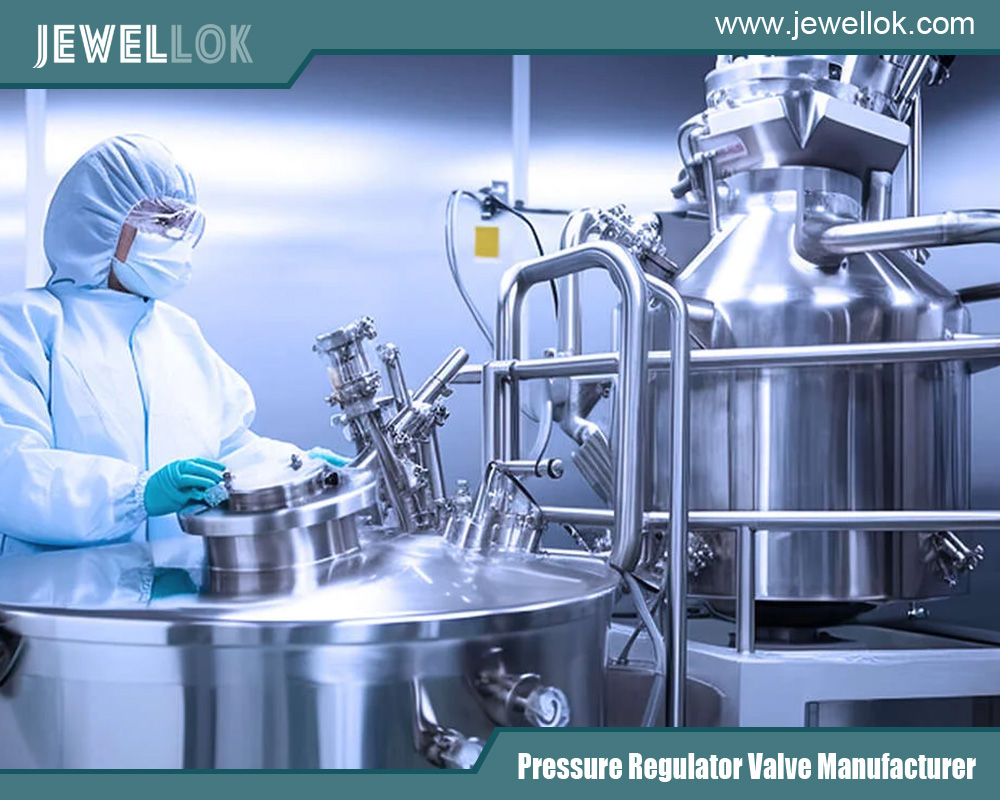
Conclusion
Selecting a high-pressure nitrogen gas regulator for high-purity systems demands careful consideration of pressure, materials, purity, and application needs. By following this guide, you can ensure optimal performance, safety, and longevity. Consult experts or suppliers for tailored advice to meet your specific requirements.
For more about how to choose a high-pressure nitrogen gas regulator suitable for high-purity nitrogen systems, you can pay a visit to Jewellok at https://www.jewellok.com/ for more info.
Recent Posts
How a Gauged Two-Stage Propane Gas Pressure Regulator Works
The Best Natural Gas Pressure Regulators Manufacturers in USA
How to Choose the Right Laboratory Gas Valves
The Top High Pressure Hydraulic Needle Valve Manufacturer in 2025
Why the Top Companies Choose Ultra-High Purity Diaphragm Valves
How to Choose the Material Properties of Ball Valve Core?
Tags
Recommended Products
-
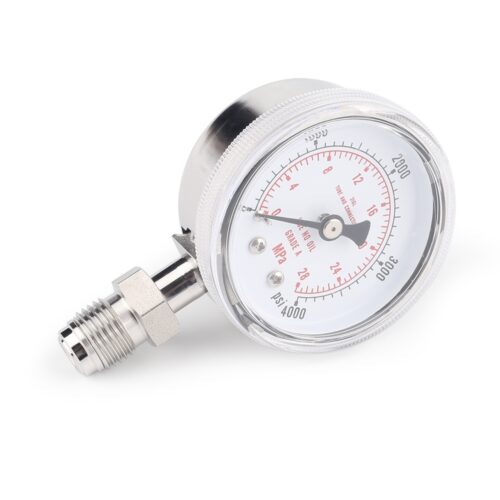
Ultra High Purity Oxygen Pressure Gauge For Semiconductor Gases JG Series Pressure Instruments For Semiconductor Manufacturing
-
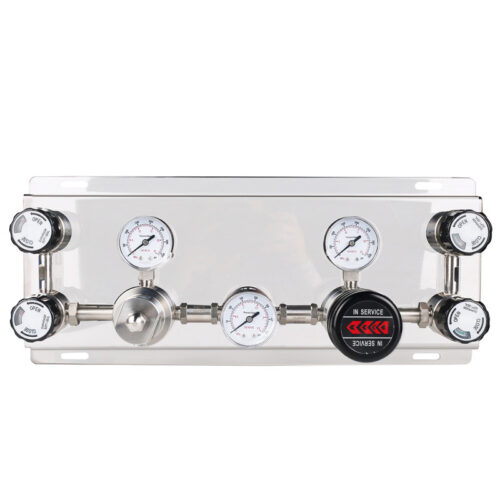
Semi Automatic And Automatic Switching Speicialty Gas Changeover Manifold Panel With Semiconductor Valve Manifold Box Gas Pressure Regulators
-

Stainless Steel High Purity High Temperature Pneumatic Actuated Ball Valves JBV2 Series
-

Ultra High Purity Trimethylaluminum TMA Gas Cabinet Liquid Delivering Cabinet Used For Specialty Gas Delivery System In Semiconductor
-
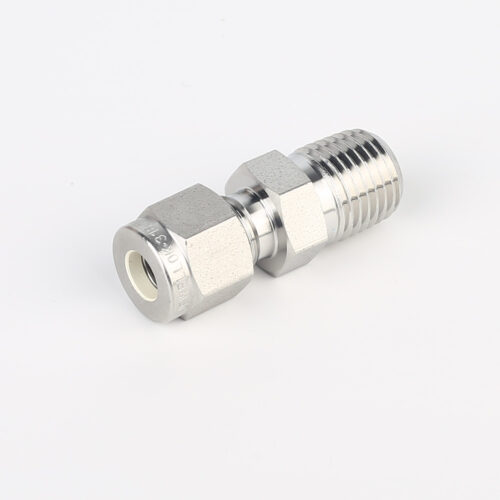
768L Stainless Steel Male Tube Butt Weld Connector | Clean Weld Fittings And Ultra-High Purity Fittings
-
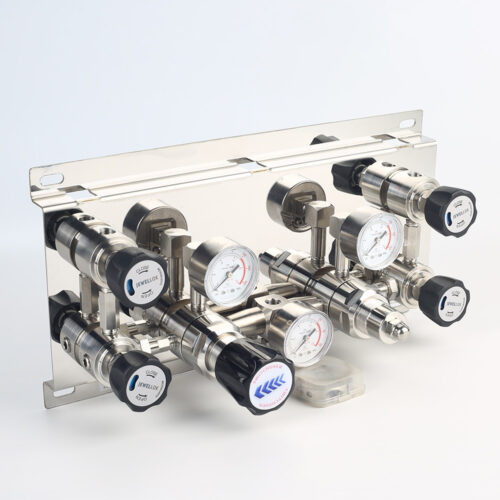
Pressure Control Panels For High Purity Gas Control System JSP-3AE Series From Pressure Control Panels Suppliers And Manufacturer
-
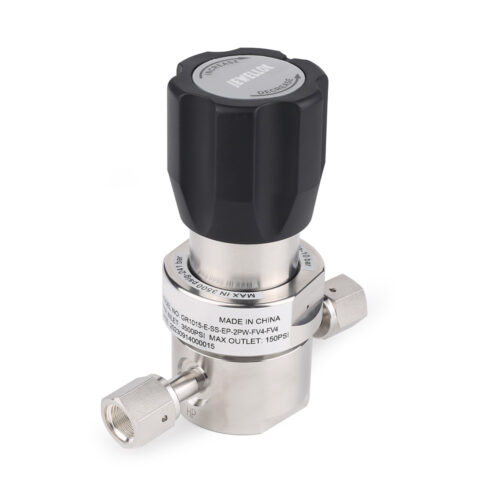
Specialty Gas Valves Ultra High Purity Gas Valves Ultra High Purity Gas Cylinder Valves UHP Cylinder Valve Ultra High Purity Gas Regulator
-

7121L Plug High Purity Plug Fitting And Blanking Plug